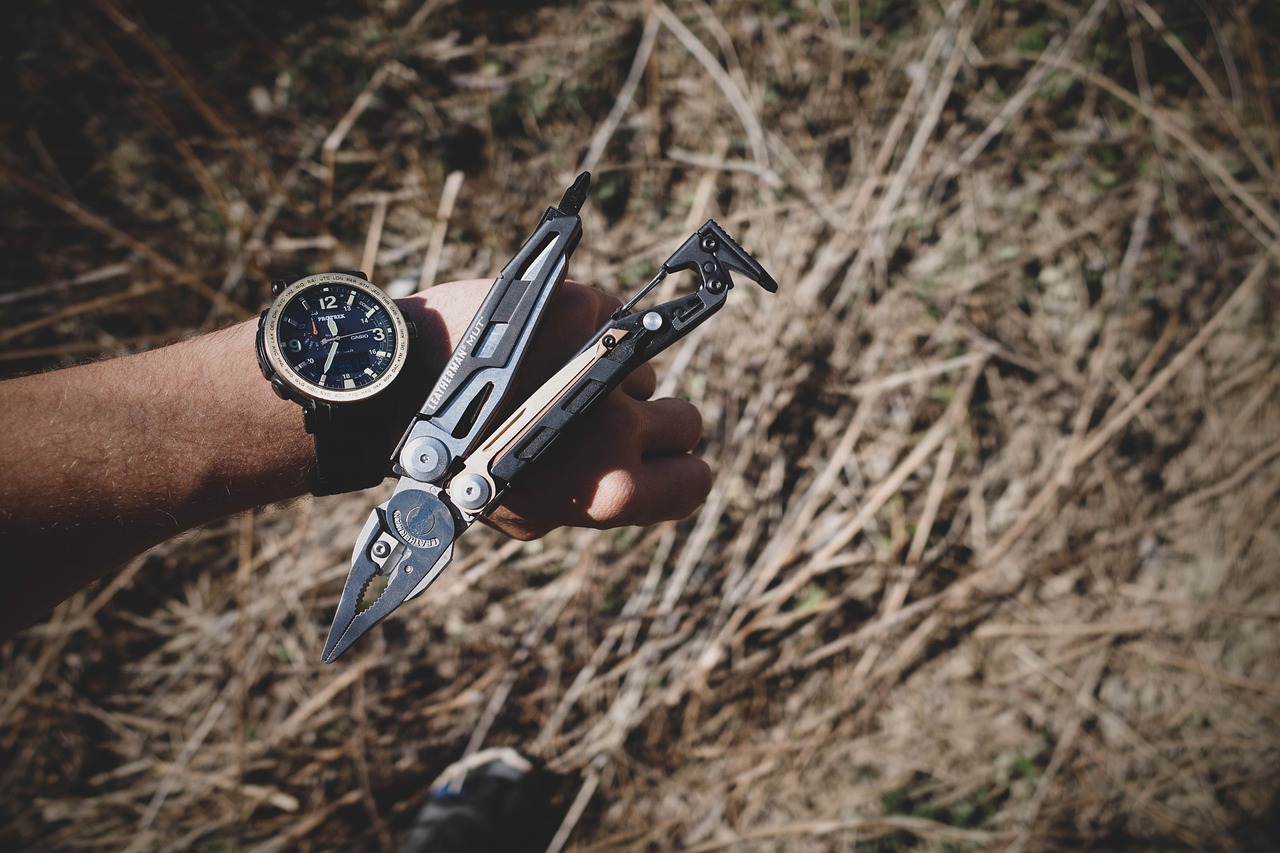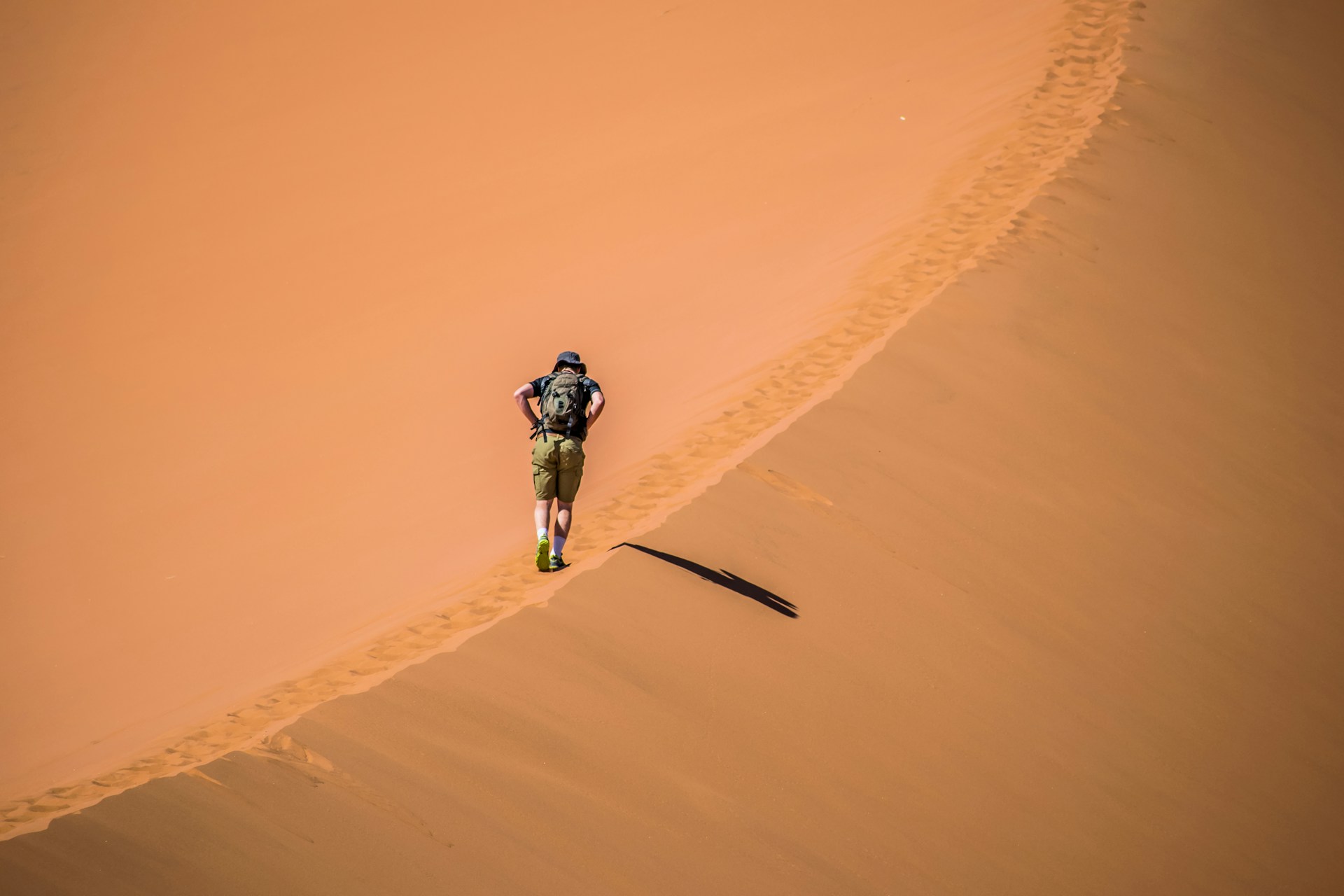Exploring the wild brings unforgettable memories, but nature isn’t a petting zoo. Some animals look majestic or harmless from a distance, yet getting too close can turn curiosity into danger quickly. Whether you’re hiking in national parks, camping in remote backcountry, or exploring foreign jungles, understanding which creatures demand space is essential. Respecting wildlife keeps you safe, protects the animals, and ensures the wilderness experience remains as magical as intended.
1. Grizzly Bears

Grizzly bears are powerful and highly territorial, especially when protecting cubs or food sources. They can sprint faster than most people expect and have immense strength backed by sharp claws. Travelers should never approach one for photos or curiosity. If you spot a grizzly, stay calm, back away slowly, and avoid run-and-panic instincts. Carrying bear spray and storing food properly is critical in bear country, helping you avoid accidental encounters that turn dangerous fast.
2. African Elephants

Despite their gentle reputation, African elephants are unpredictable and can become aggressive when threatened or startled. Bulls and protective mothers may charge without warning, and their size alone makes escape nearly impossible. Travelers should admire elephants from safe viewing distances, especially while on safari or driving through wildlife reserves. Staying inside vehicles, observing quietly, and respecting their space ensures a safer, more respectful wildlife experience where awe replaces risk.
3. Hippopotamuses

Hippos may look relaxed while lounging in water, but they are among Africa’s most dangerous animals. Known for extreme territorial behavior, they can charge boats or hikers near riverbanks in seconds. Their jaw strength is powerful enough to crush bone or flip small watercraft. If you’re exploring rivers or lakes in hippo habitat, maintain distance, avoid cutting between them and deep water, and never assume their calm appearance means you’re safe around them.
4. Moose

Moose are massive and surprisingly fast, capable of turning aggressive when they feel cornered or during mating season. Travelers often underestimate them due to their calm demeanor, but a startled or irritated moose can charge with potentially serious consequences. When hiking in forested or northern mountain areas, give moose plenty of space and avoid direct eye contact. If one approaches, retreat slowly and keep obstacles like trees between you and the animal.
5. Bison

Bison appear docile when grazing in national parks, yet they are unpredictable and extremely powerful. Even short-distance charges can send a person airborne. Visitors often get too close for photos, risking sudden attacks. Always maintain distance, stay inside vehicles when possible, and never approach one on foot. Respecting their strength and treating them as wild, not scenic backdrops, keeps everyone safe while allowing these iconic animals the space they need.
6. Big Cats (Lions, Cougars, Leopards)

Large predators like lions, cougars, and leopards rely on stealth and power, making encounters incredibly dangerous. Travelers exploring wilderness regions where big cats live should stay alert, hike in groups, and avoid wandering at dusk or dawn when hunting activity peaks. Never run if you spot one; instead, hold your ground, appear larger, and back away slowly. Respecting their space and behaving confidently reduces the risk of triggering predatory instincts.
7. Wild Boars & Hogs

Wild boars and feral hogs can become extremely aggressive when startled or cornered, capable of charging with sharp tusks that cause serious injury. They’re common in woodlands worldwide and often travel in groups, increasing the danger. Avoid approaching them or feeding them near campsites or trails. If you encounter one, give it space and move calmly out of its path. These animals react quickly, so staying alert helps prevent dangerous run-ins.
8. Wolves & Wild Dogs

Wolves and wild dog packs usually avoid humans, but they can become dangerous if they associate people with food or feel threatened. Traveling through remote forests or tundra areas means staying aware, securing food, and never trying to lure them in for photos. If one approaches, stand tall, make noise, and back away slowly. Respecting their boundaries reinforces safety and helps preserve their natural behavior without confrontation.
9. Venomous Snakes

Venomous snakes trigger many hikers’ fears for good reason. Rattlesnakes, cobras, vipers, and other venomous species blend seamlessly with their surroundings and strike quickly when provoked. Travelers exploring deserts, jungles, or wetlands should stay on marked trails, watch where they step, and avoid flipping rocks or logs. If you see a snake, remain still and let it move away. Snakebite kits aren’t substitutes for caution, and distance is your best defense.
10. Crocodiles & Alligators

Crocodiles and alligators are silent ambush predators that can attack with lightning-fast speed. They lurk near water edges, making riverbanks and marshes risky spots. Travelers should avoid swimming in unknown waters, keep pets leashed near wetlands, and never stand too close to the water’s edge in croc territory. These reptiles strike without warning, so maintaining a safe viewing distance ensures you respect their habitat while protecting your own safety.





